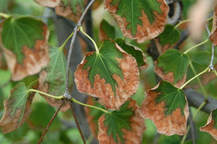
Scorched leaves turn brown or, in some cases, turn black from the edges and between the major veins. If severe, the leaf may drop. Leaves may be affected over the entire tree or may be affected only on one side. White pines are also prone to this condition due to the delicacy of the needles.
Though scorch can be due solely to the weather, the condition of the roots of plants can make them much more susceptible to this condition. Shallow soils such as those over hardpan or rock lead to a limited root system that may not be able to absorb all the water needed. As mentioned, trees may be more sensitive to scorch this year because of the heavy rains many areas received this spring. In certain cases so much rain was received that oxygen was driven from the soil resulting in root damage. That root damage is now making it more difficult for trees to provide all the water needed for the leaves. Also, root damage due to disease, insects, poor drainage or construction can cause poor water uptake.
To help alleviate damage due to dry soils or limited root systems, water once per week for recently transplanted trees or every two weeks for large trees if there is no rainfall. Mulching small trees or shrubs will help conserve moisture. (Ward Upham)
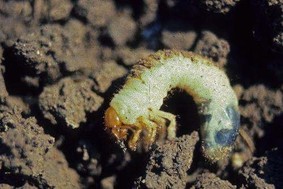
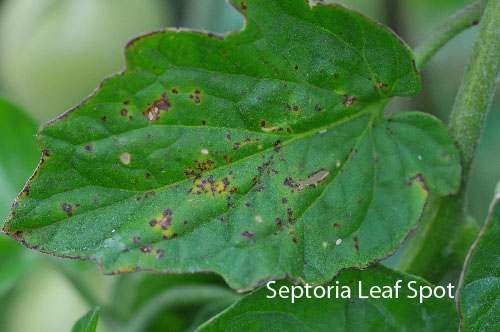
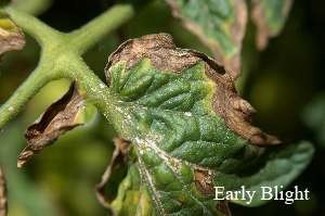
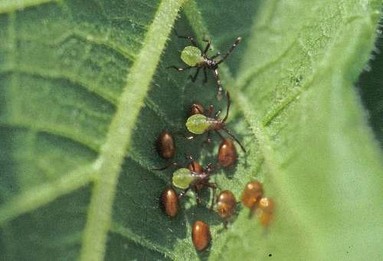
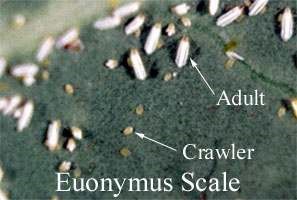
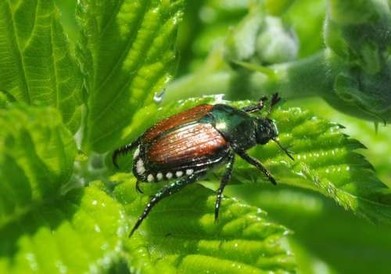
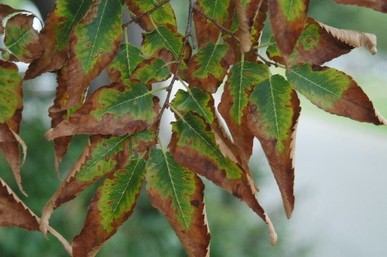
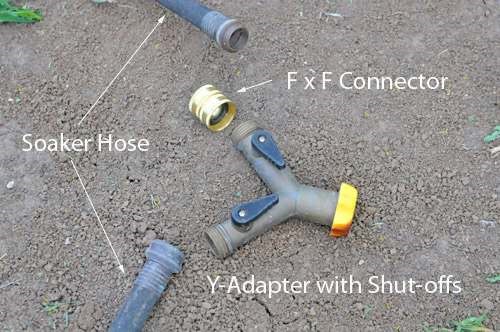
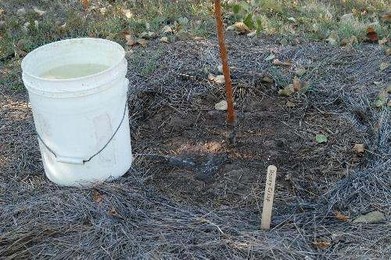
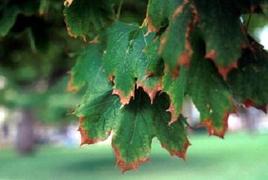
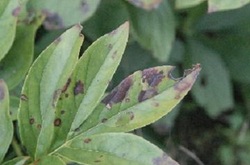
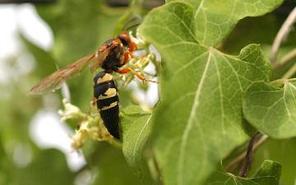
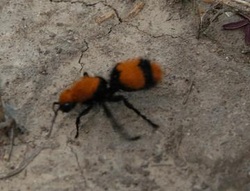
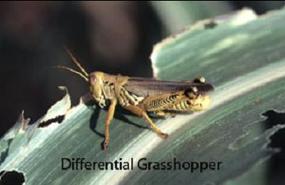
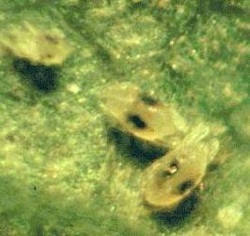
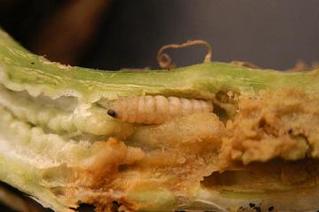
 RSS Feed
RSS Feed
